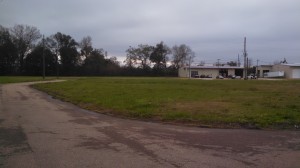Being the most common kind of heating system on the market has given furnaces a couple of advantages. Their parts are the easiest, and often cheapest, to find and install. It’s easy to find a company that provides heating repair for them, and most homes are outfitted with the proper equipment to use them. Being the most common also means that furnace problems are the most common type of HVAC problem in the industry. Since it’s always a good idea to have at least a little bit of knowledge about how your home heating system works, let’s explore some of the most common furnace repairs.
Dirty Air Filter
Technically, this isn’t even a “repair” so much as it is a maintenance issue. It still causes a great deal of repairs every year, though, so it’s worth examining. The air filter is a part installed in the air return duct of your furnace’s air handler. It is designed to protect the furnace from any dust or other particles that might blow in from the home’s ducts and damage the system. Though it’s very good at this job, the air filter is unfortunately incapable of getting rid of these particulates once it captures them. If not cleaned or replaced every 1-3 months, the air filter can become so clogged that it restricts the flow of air into the furnace. That can cause all sorts of problems, including overheating and cracks in the heat exchanger. So, if you don’t know how to change your furnace air filter, call an HVAC technician to show you how to do it. Then, change or clean it every few months.
Ignition Failure
Failing to start is a really common problem among all heating systems, not just furnaces. In the furnace’s case, however, the problem is likely with the ignition device. Some furnaces still use the old gas-powered pilot lights as ignition systems, in which case you’ll want to check and see if the flame is still burning. Otherwise, it is possible that a heating element or electrode has burned out, removing the only method the furnace has for lighting the burner assembly.
If your furnace is experiencing issues, call A–Professional Heating and Air Conditioning and make an appointment with us. We provide professional heating repair in the Mandeville, LA area.


